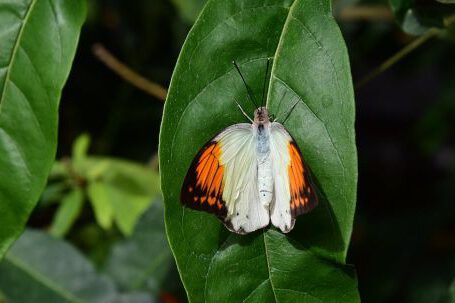A shade garden can be a beautiful and peaceful retreat, providing a cool and calming oasis in the midst of a hot and sunny summer. Designing such a garden requires careful consideration of the unique challenges and opportunities that come with having limited sunlight. With the right plants, layout, and creativity, you can create a shade garden that is both visually stunning and relaxing.
Choosing the Right Plants
In a shade garden, it is essential to choose plants that thrive in low-light conditions. Look for shade-loving plants that are specifically labeled as such at your local nursery or garden center. Some popular choices include hostas, ferns, astilbes, and heucheras. These plants are not only beautiful but also well-suited to growing in shady areas.
Consider the Different Levels of Shade
Not all shade is created equal. There are varying levels of shade, ranging from partial shade to full shade. It is important to understand the level of shade in your garden so you can select plants that will thrive in those conditions. Some plants, such as impatiens and begonias, prefer partial shade and can tolerate a few hours of direct sunlight each day. Others, like mosses and certain ferns, thrive in full shade and should be planted in areas that receive little to no direct sunlight.
Create a Layered Effect
To add depth and visual interest to your shade garden, consider creating a layered effect. Plant taller plants towards the back of the garden, gradually decreasing the height as you move towards the front. This will create a sense of depth and allow each plant to be seen and appreciated. Additionally, using plants with different textures, such as those with large leaves and those with fine foliage, will add further visual interest.
Add Color and Contrast
While shade gardens may not receive as much sunlight as their sunny counterparts, that doesn’t mean they have to be dull or lacking in color. In fact, shade gardens can be just as vibrant and colorful as any other garden. Choose plants with bright flowers or foliage, such as hydrangeas, bleeding hearts, and Japanese painted ferns, to add pops of color. Additionally, mix plants with different shades of green to create contrast and make the garden visually appealing.
Use Hardscape Elements
In addition to plants, incorporating hardscape elements can enhance the overall design of your shade garden. Consider adding a path made of stepping stones or gravel to guide visitors through the space. Install a bench or a seating area where you can sit and enjoy the tranquility of the garden. Place a small water feature, such as a birdbath or a fountain, to add a soothing sound and attract wildlife.
Maintaining Your Shade Garden
Once your shade garden is designed and planted, it is important to properly maintain it to ensure its long-term success. Regularly water the plants, especially during dry spells, and mulch the garden to help retain moisture. Remove any dead or dying plants, as well as weeds, to keep the garden looking neat and tidy. Additionally, prune and trim the plants as needed to maintain their shape and prevent overcrowding.
In conclusion, designing a shade garden requires careful selection of shade-loving plants, consideration of the different levels of shade, and creating a layered effect. Adding color and contrast, as well as incorporating hardscape elements, can further enhance the beauty of the garden. With proper maintenance, your shade garden will provide you with a peaceful and stunning retreat for years to come.





